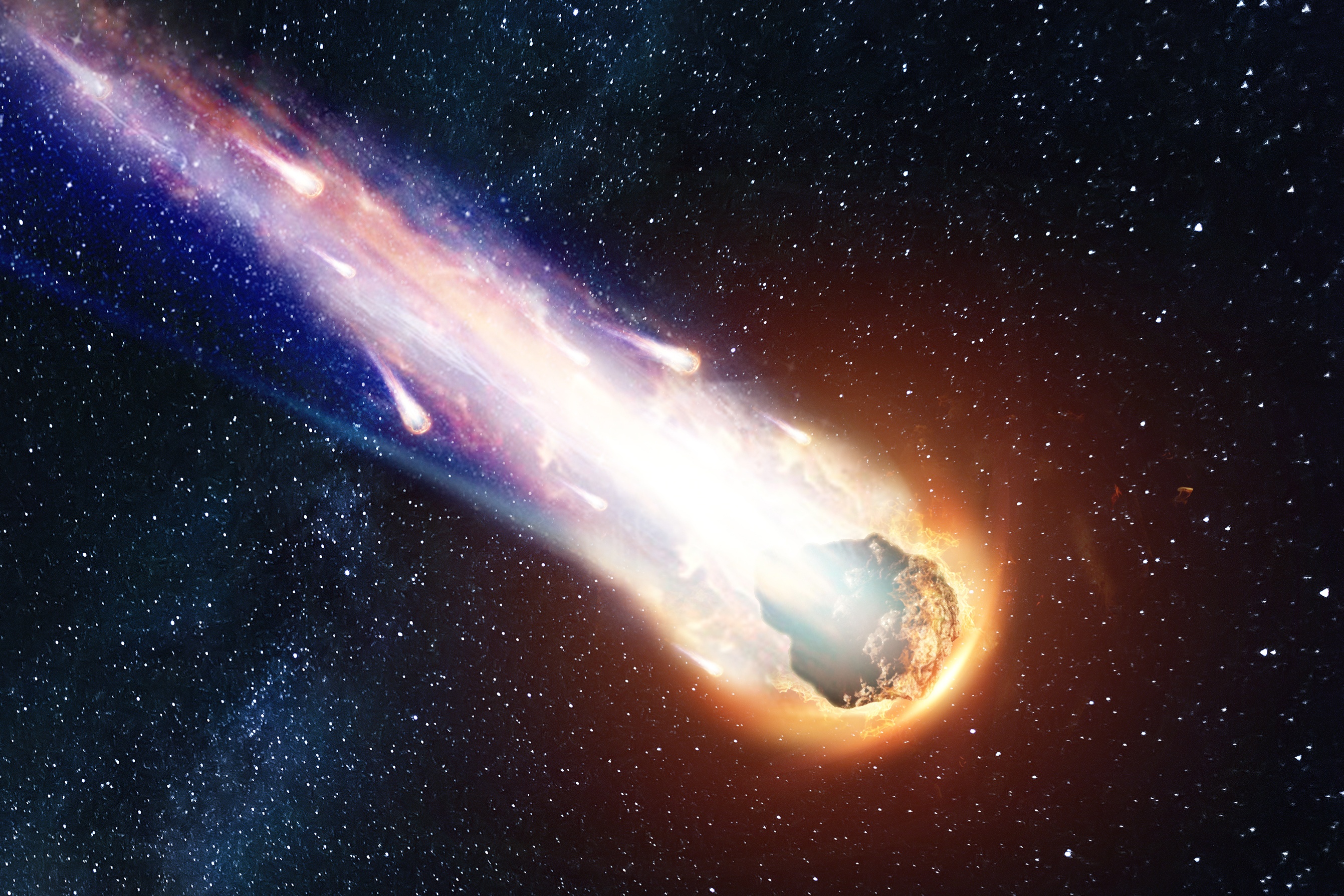It is anticipated that a comet that only circles the sun once every 50,000 years will be visible to the unaided eye from Earth. The Sahara desert was lush and productive during the comet’s previous visit, woolly mammoths and Neanderthals were still roaming the planet, and humans had not yet reached North America, as far as we are aware.
C/2022 E3 (ZTF) was first spotted by the Zwicky Transient Facility (ZTF) on March 2, 2022, and is set to reach its closest point to the sun, or perihelion, on January 12, 2023. ZTF is an astronomical survey conducted by the Palomar Observatory in California.
Comets are “cosmic snowballs” made up of frozen gases, dust and rock that orbit the sun. As they approach our star, these fragile constructs are blasted with increasing amounts of radiation, a process that can produce two vast tails of gas and dust.
Comet C/2022 E3 (ZTF) is currently located around 117 million miles from Earth. It is scheduled to make a close approach to our planet in early February, 2023, coming within roughly 26 million miles of us on the first day of the month. This is equivalent to more than 109 times the average distance between the Earth and the moon.

Predicting the brightness of comets with accuracy is very challenging. But current data indicates that C/2022 E3 (ZTF) is expected to reach at least magnitude +6 by around the time of its close approach to Earth.
When measuring the brightness of astronomical objects, the brighter a given object is, the lower its magnitude. For example, an object with magnitude +2 is brighter than one that has a magnitude of +8.
“It’s notoriously hard to predict the brightness of comets, however, sky watchers everywhere have been keeping track of Comet C/2022 E3 (ZTF) since it was discovered in March 2022, and the current prediction is that it might reach magnitude +6—the limit of what the naked eye can see—or even slightly brighter when it’s at its closest approach to the Earth on the 1st of February,” Tania de Sales Marques, an astronomer at the Royal Observatory Greenwich in the United Kingdom, told Newsweek.
Robert Massey, deputy executive director of the U.K. Royal Astronomical Society, told Newsweek that under very good conditions the comet, which is estimated to complete one orbit around the sun every 50,000 years, might be visible to the naked eye as soon as the second half of January. The predicted peak brightness of the object is around magnitude 4.7 around February 1.

If current brightness predictions are correct, C/2022 E3 (ZTF) will be the first naked eye comet since NEOWISE put on a spectacular show in 2020. But expectations for C/2022 E3 (ZTF) should be lower, Massey said.
“I’ve seen rising interest in this comet, though it won’t be anything like NEOWISE,” he said.
C/2022 E3 (ZTF) is currently visible with good binoculars or a telescope in the early hours of the morning before dawn and is passing through the constellation of Corona Borealis, in the north-west direction. It will get easier to spot the comet over the next few weeks as it gradually brightens.
“It’s traveling in the general direction of Polaris, the North Star, where we’ll be able to find it in early February,” Marques said. “By then, it should be visible throughout the night.”
Massey said the comet will not be the easiest object to find. He recommends looking on a clear night from a dark site—away from light pollution—when the moon is not in the sky, so it is best to avoid the days around the full moon on February 6.
“I would recommend the use of a finder chart like this one to help find it with binoculars,” Massey said. “Binoculars are ideal for beginners trying to find a comet as they’re easy to use, whereas a telescope has a much smaller field of view. If you can see it with binoculars then try with your naked eye.”
Since the comet will still be quite faint around the time of its close approach, people in areas with dark skies might be able to spot it with their own eyes, but a pair of binoculars will improve your chances of success, Marques said.
“Although it’s unlikely that it will be as impressive as comet NEOWISE, it’s still worth trying to catch a glimpse of C/2022 E3 (ZTF) since it won’t return for another 50,000 years,” Marques said.
The comet will likely fade below naked eye visibility by the second week of February next year. And by April it will be close to the sun in the sky and significantly fainter, so will be very hard to find even with a telescope.
Source: amazingastronomy.thespaceacademy.org








